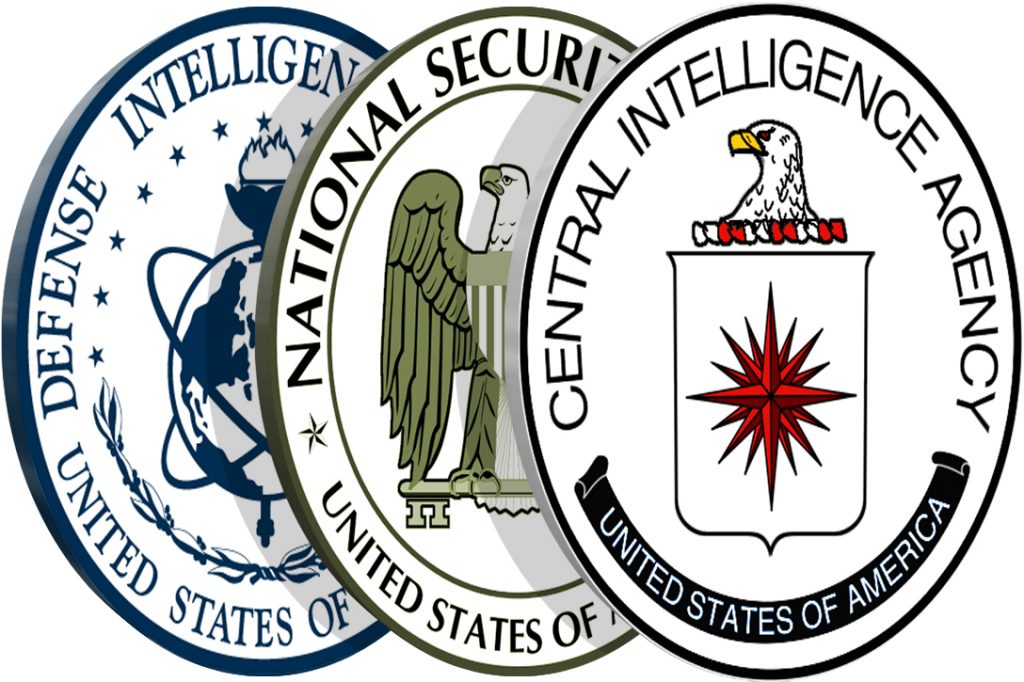A Bad Blueprint: Intelligence Agencies Coopting Private Enterprise
- Submitted by: Love Knowledge
- Category: Politics
The post A Bad Blueprint: Intelligence Agencies Coopting Private Enterprise appeared first on WhoWhatWhy.
Earlier this week, The New York Times published a story on how top Trump administration officials have asked Erik Prince, the founder of Blackwater, and billionaire Stephen Feinberg, who owns military contractor DynCorp, to come up with alternative plans on how to proceed in Afghanistan.
Perhaps not surprisingly, the two men, who have made untold sums of money off the wars in Afghanistan and Iraq, came up with a plan to rely on private contractors instead of the US military. This story may sound familiar and it usually doesn’t end well.
Last month — after The Wall Street Journal fired Jay Solomon, its chief foreign affairs correspondent, for failure to disclose shady business deals with one of his sources — we published a book excerpt that revealed some juicy details about that source, Farhad Azima, and his unsavory colleagues.
We now present another chapter from that same book — and reading it is like looking under a rock at a hive of activity best done in the dark. As the authors put it,
“But interviews with former CIA employees and bankers convinced us that during the 1980s a private ‘business’ network was actively engaged with our intelligence community in some variety of ad hoc foreign policy adventures. The Iran-Contra affair gave Americans a snapshot look at how it was done — how a group of individuals outside government interfaced with those inside government to fund and carry out politically unpopular foreign policies.”
It was clear then that the lines between state intelligence work, military expedition, and private business (even the news business) were becoming blurred. Today, with so many top corporations under government contract to supply the means of warfare — covert or otherwise — or the means of surveilling even entire populations, with almost every area of private enterprise within the purview of national security, we ask ourselves: Has anything really changed?
The excerpt below is from Chapter 30, “What Happened?”, from Inside Job: The Looting of America’s Savings and Loans by Stephen Pizzo, Mary Fricker, and Paul Muolo. (McGraw Hill, 1989) Please go here to read our first excerpt from this book.
Introduction by WhoWhatWhy staff
… Laced throughout this book have been references to the Central Intelligence Agency and covert activity. We didn’t go looking for it — it found us. During our research we repeatedly ran into people at failed thrifts and banks who claimed to have connections with the CIA, who claimed to be working with the National Security Agency and Colonel Oliver North. It wasn’t the kind of thing we expected to find as we combed through examination reports and financial statements, but there it was — veiled references to the CIA, often discovered in tandem with organized crime.
Photo credit: DIA, NSA and CIA
• While investigating Mario Renda’s operations in Kansas, we ran up against Farhad Azima, a director of Indian Springs State Bank. Azima’s air charter company borrowed from the bank and did business with Morris Shenker and with EATSCO, an air freight company with ties to former CIA personnel.
• When checking out Michael Rapp’s scams, we came across CIA contract pilot Heinrich Rupp, acting as a middleman for arms deals at the same time he was bilking Aurora Bank out of $2 million in cooperation with a Lucchese family associate.
• Then there was Rapp himself, who was a friend of Johnny Roselli, the CIA’s contact with the Mafia in the intelligence agency’s nutty schemes to assassinate Castro. Rapp’s associate William Smith also claimed to be a former CIA agent.
• John Anderson, who defaulted on millions in loans from a variety of S&Ls and banks in the 1980s, had been a business partner with longtime ClA agent Kermit Roosevelt through much of the 1970s. Roosevelt, a CIA mission chief in Iran in the 1950s, headed the U.S. efforts to oust Iranian prime minister Mossadegh and install the Shah of Iran. Anderson and a group headed by Roosevelt owned Paloma Ranch, a 100,000-acre desert ranch west of Gila Bend, Arizona.
• Iran-Contra middleman Adnan Khashoggi was an associate of Mario Renda and borrowed from Mainland and Lamar savings and loans in Texas (leaving them with a $48 million loss). The Houston Post reported Khashoggi also got a $5 million line of credit from Mainland Savings just two weeks before he pumped $5 million into Lake Resources in Switzerland to jump-start Colonel Oliver North’s secret Iran-Contra machinery. He was also an associate of the owner of Summit Savings in Dallas (who was part of the Beebe network), according to the Post.
These stories we have already told you. But there were many more. For example:
• Charles Keating loaned $33.75 million to Covenant House, a New York charity with (according to the Village Voice) connections in Central America to Roberto Alejos, who has been linked to the CIA.
• At San Marino Savings in Southern California we learned that Wayne Reeder, a major San Marino borrower-defaulter (who also attempted a couple of failed ventures with Herman Beebe and borrowed from Silverado Banking), met in late 1981 at an arms demonstration with three Central American men, one of whom was contra supply officer Raul Arana. The three men were considering buying military equipment from Reeder’s Indian bingo parlor partner, Dr. John Nichols. Among the equipment were night-vision goggles manufactured by Litton Industries and a light machine gun.
Related front page panorama photo credit: Adapted by WhoWhatWhy from statues (Bernard Spragg. NZ / Flickr – CC0 1.0).
Read more https://whowhatwhy.org/2017/07/12/bad-blueprint-intelligence-agencies-coopting-private-enterprise/


